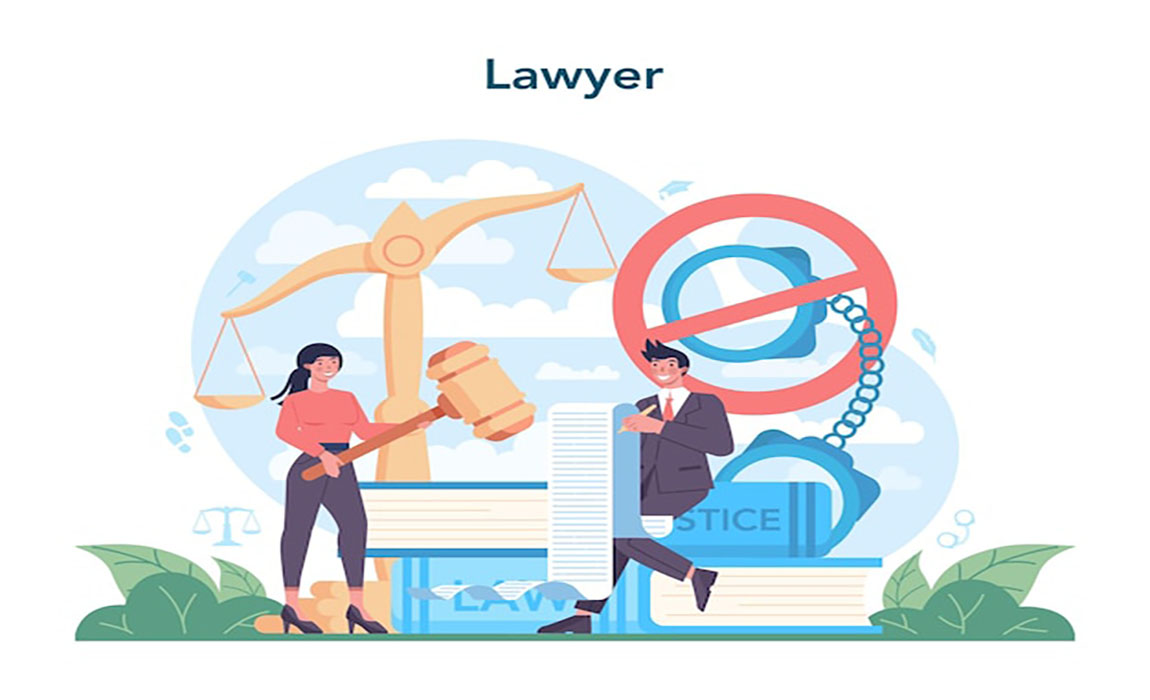
Strict vs Vicarious Liability in Torts
In a just society, holding someone accountable for harm caused is essential for fairness and order. But what happens when someone is held responsible not because they were careless or intentional, but simply because the law says so? This is the essence of two key concepts in tort law—strict liability and vicarious liability.
While both forms of liability impose responsibility without proving fault, they apply in different situations and serve different purposes. In a world full of industrial risks and complex employment relationships, understanding these doctrines is crucial for both legal professionals and common citizens.
The Doctrine of Strict Liability: Risk Demands Responsibility
Strict liability, as the term suggests, means a person is strictly liable for harm, even if they exercised all due care. The idea is simple: if you engage in dangerous activities, you must take responsibility for their consequences, no matter how cautious you are.
This principle was famously established in the case of Rylands v. Fletcher (1868). In this case, the defendant constructed a reservoir that later burst and flooded a neighboring coal mine. Although he had no intent to cause harm and had taken precautions, the court still held him liable.
In India, strict liability was later expanded into absolute liability by the Supreme Court in the case of M.C. Mehta v. Union of India (1987), after the Bhopal Gas Tragedy. The court ruled that enterprises engaged in hazardous activities owe an absolute duty to the community, and cannot escape liability, even if the harm was unforeseen.
This shift from strict to absolute liability reflects a public policy decision: when businesses profit from dangerous activities, they must also bear the cost if something goes wrong.
Vicarious Liability: Responsibility Through Others
Unlike strict liability, vicarious liability is not about the danger of the activity but about the relationship between parties, particularly between employers and employees.
Under this principle, an employer can be held liable for the wrongful acts of their employee if those acts were committed in the course of employment. For instance, if a delivery driver negligently hits a pedestrian while making a delivery, the employer may be vicariously liable, even though the employer wasn't directly involved.
The logic is that employers are in a better position to manage and supervise their workers, and they benefit from the activities carried out. Hence, they should also bear the consequences of misconduct occurring within work-related duties.
However, this principle has limits. If the employee commits a wrongful act during a “frolic of their own”—like running a personal errand—the employer usually escapes liability. Courts assess whether the act was closely connected to the employment to determine liability.
In the UK, Lister v. Hesley Hall Ltd (2001) reaffirmed this when a school was held liable for the abuse committed by its employee, as the wrongful acts were closely linked to his job role. This case highlighted how vicarious liability evolves with changing societal expectations and institutional responsibilities.
Different Paths, Shared Goals
Both strict and vicarious liability reflect the law's effort to ensure justice. They do not focus on punishing the wrongdoer but on compensating the victim and placing responsibility where it can best be managed.
Strict liability is concerned with dangerous activities. Vicarious liability is concerned with relationships. Yet, both doctrines aim to balance fairness, risk, and public interest.
Final Thoughts
In today’s legal environment, where industries handle hazardous substances and complex employment structures are common, these doctrines are more relevant than ever. They remind us that the law is not only about assigning blame but also about creating a framework of responsibility and risk distribution.
By holding those in positions of control accountable—whether through the danger they create or the people they employ—tort law ensures that victims aren’t left to suffer alone. It’s a legal promise that harm will not go unanswered, even if fault isn’t always visible.
